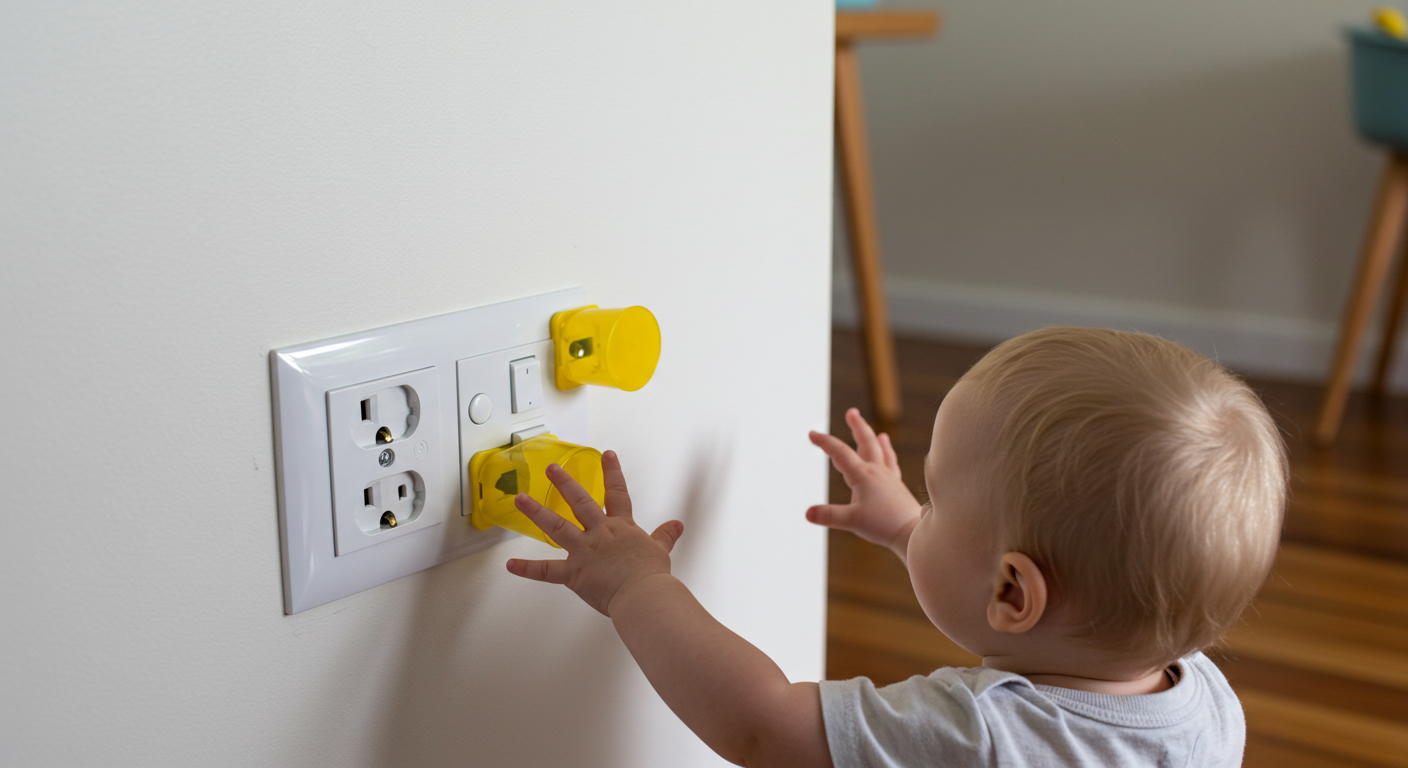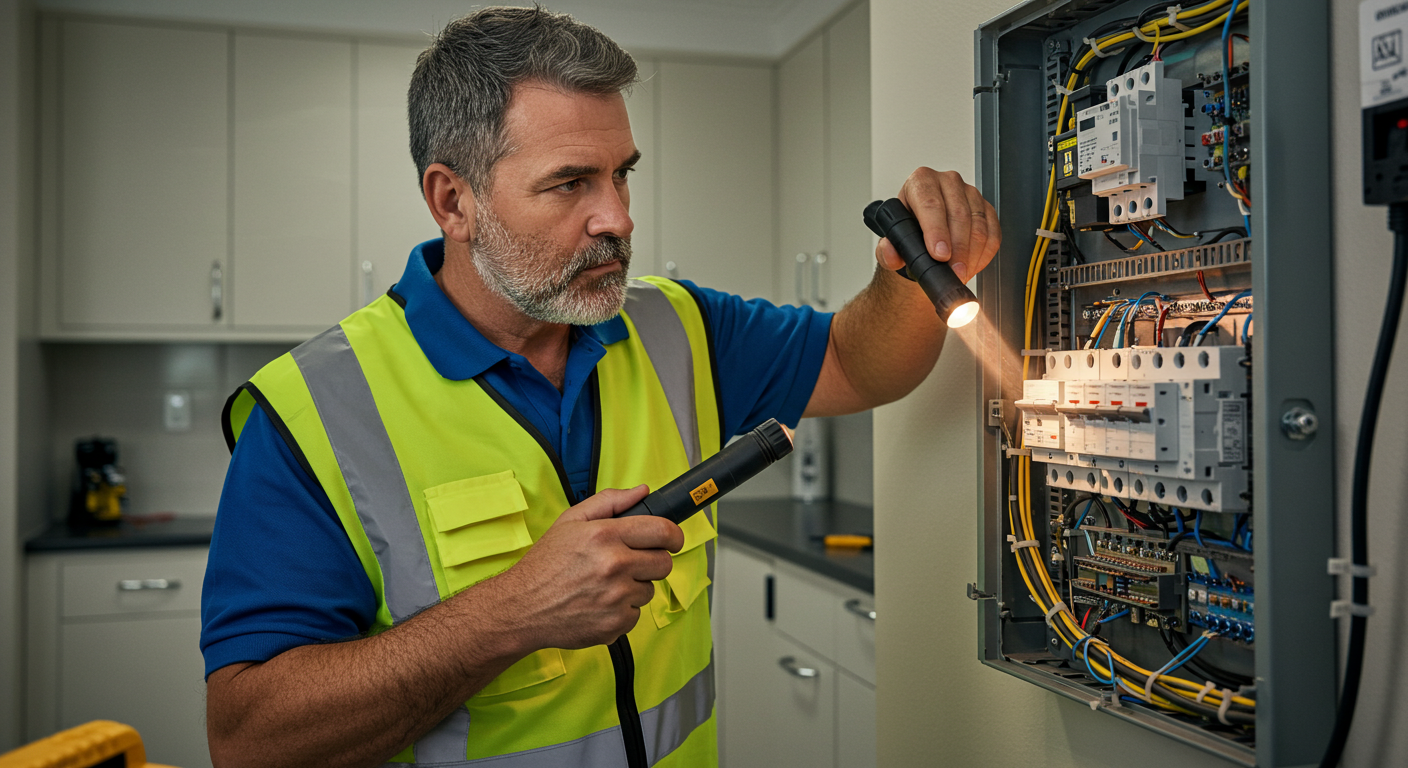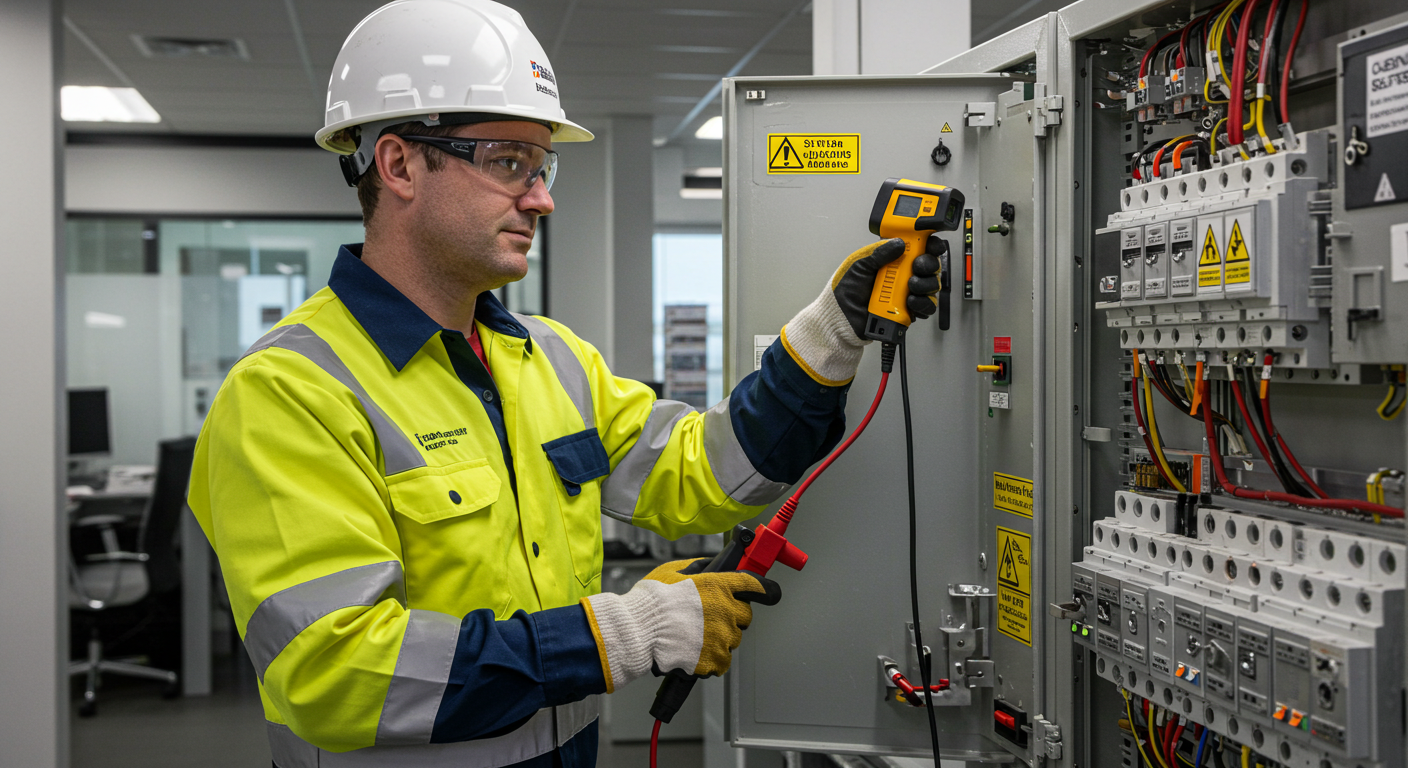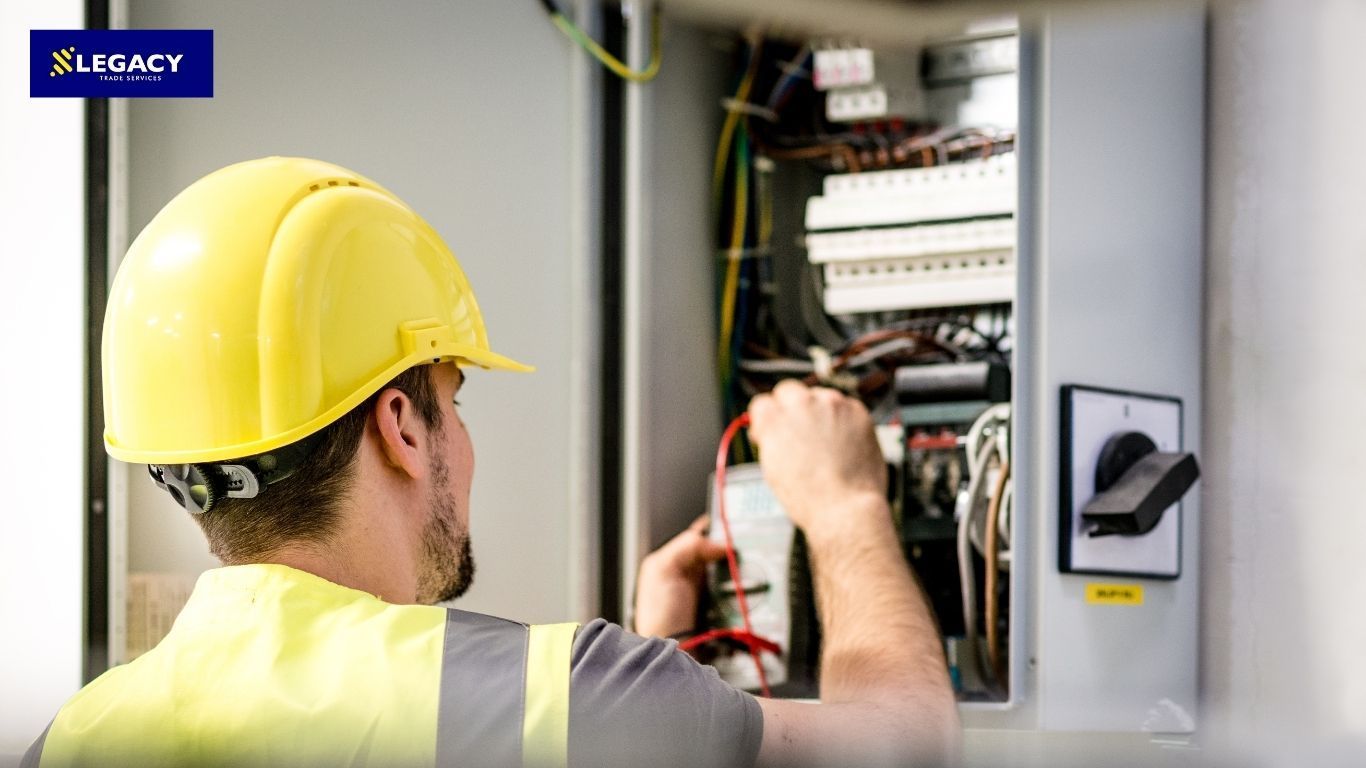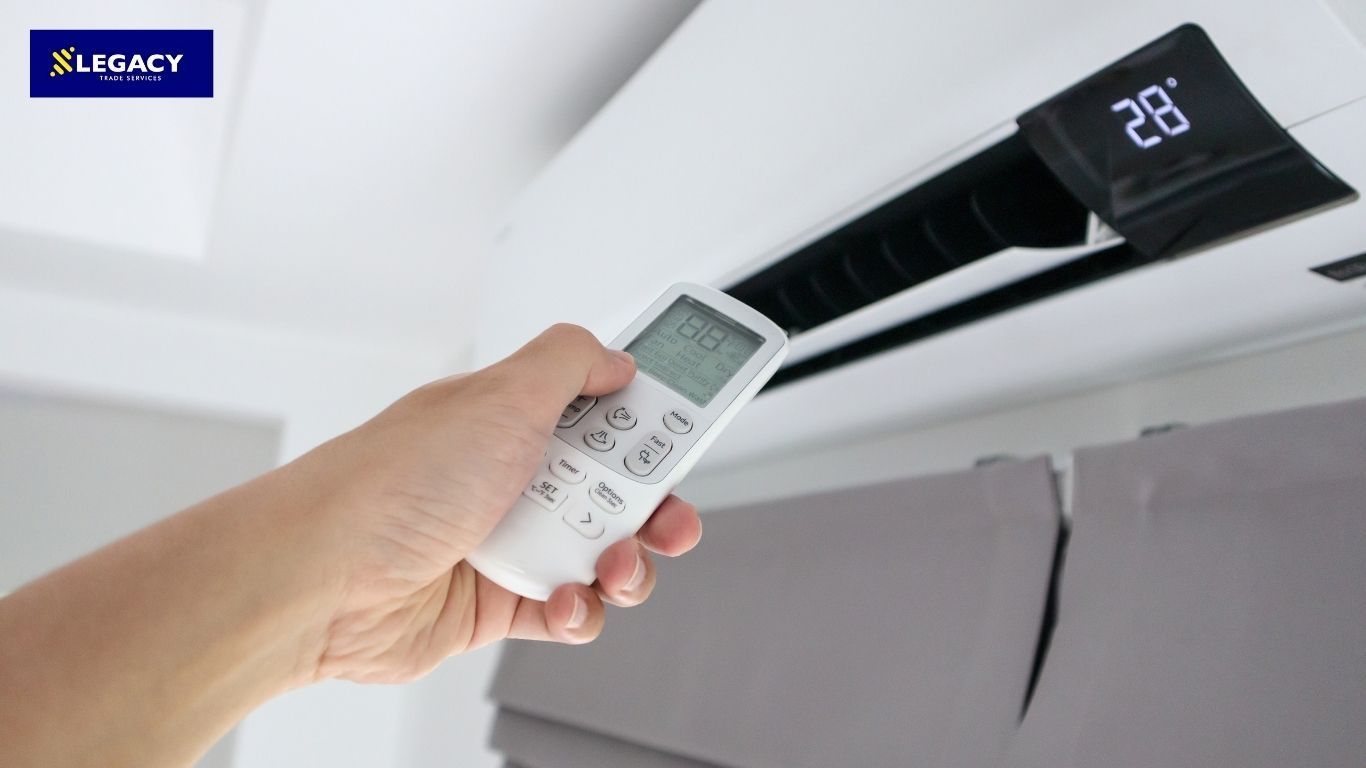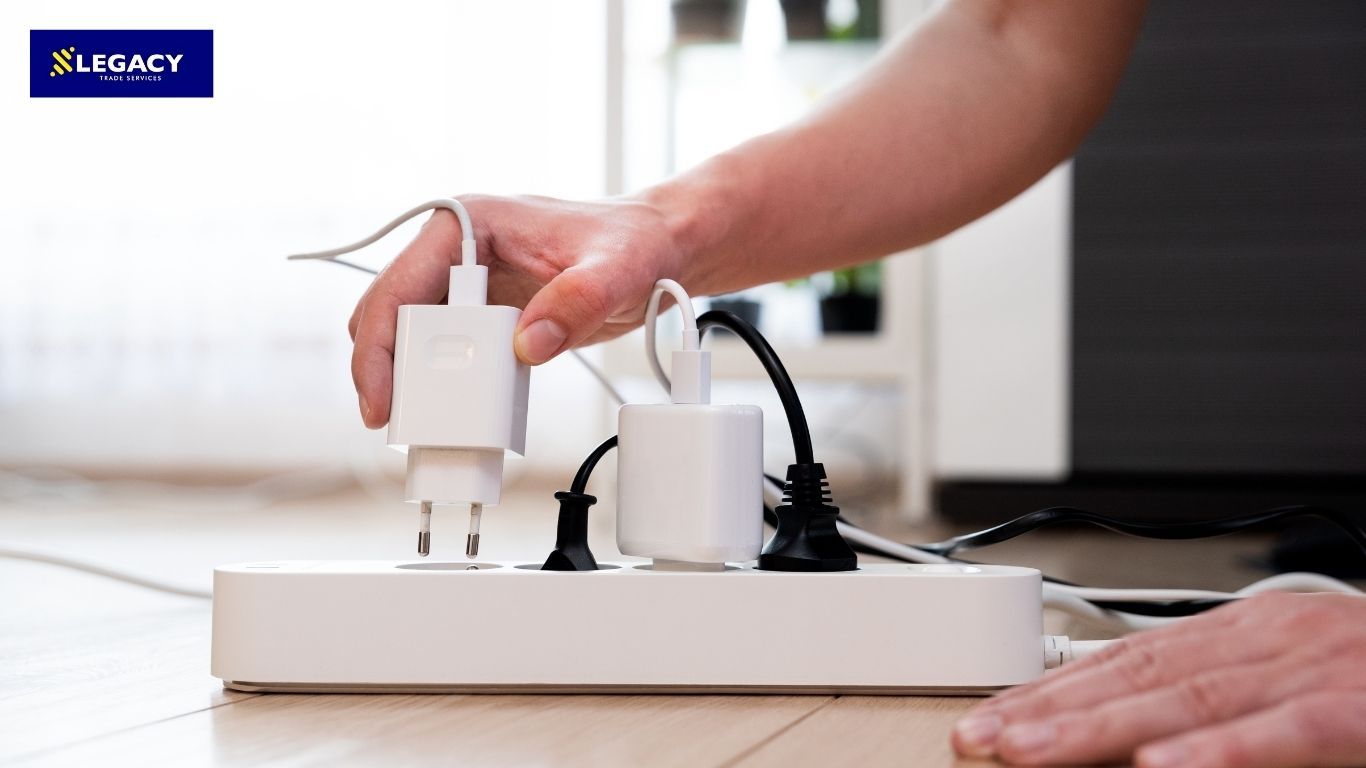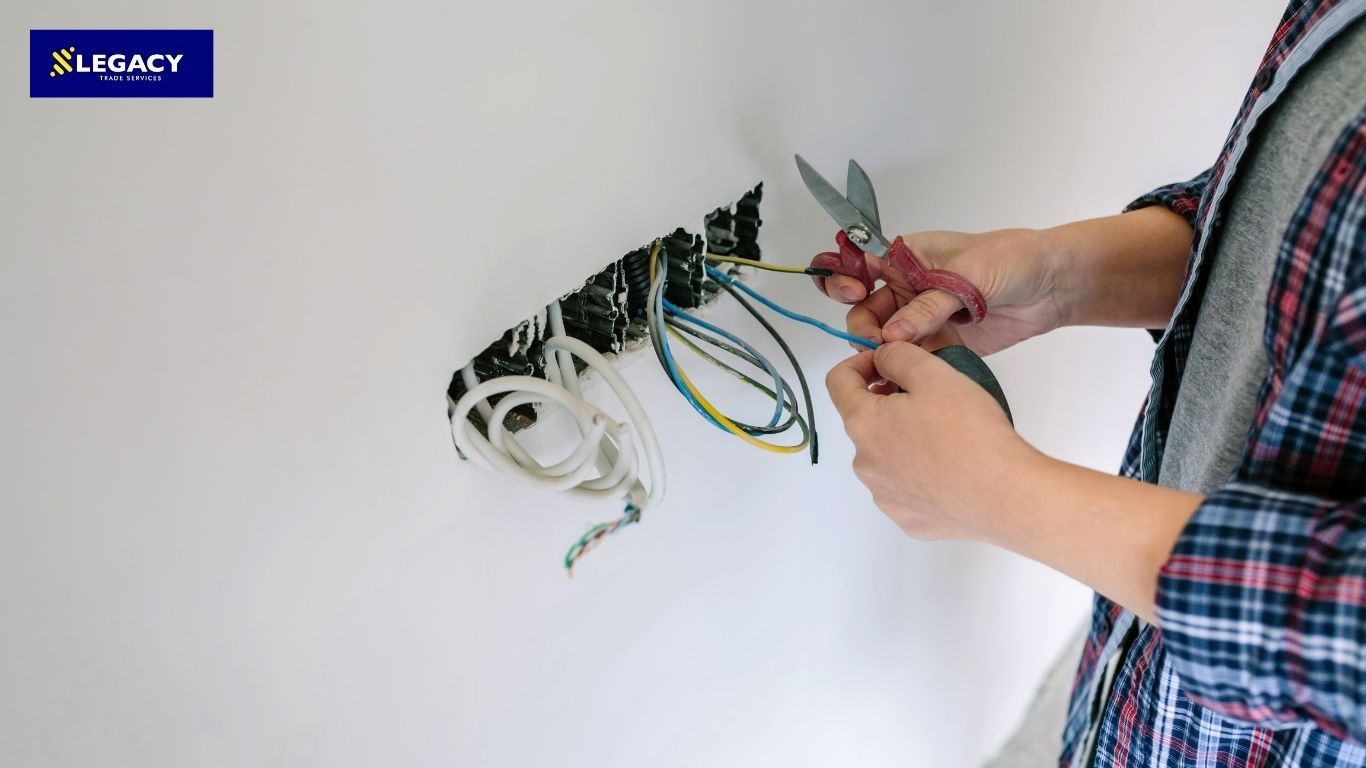Electrical Issues to Fix When Renovating an Older Home
Renovating an older home in Melbourne can be an exciting yet challenging process. While you may be eager to update the aesthetics, it is crucial to prioritise electrical safety and compliance. Many older homes were built before modern electrical standards were in place, meaning they often contain outdated wiring, faulty switchboards, and potential fire hazards.
At Legacy Trade Services, your trusted electrical and air conditioning partner in Melbourne, we understand the complexities of older home renovations. In this guide, we will explore the key electrical issues you must address before starting your renovation project.
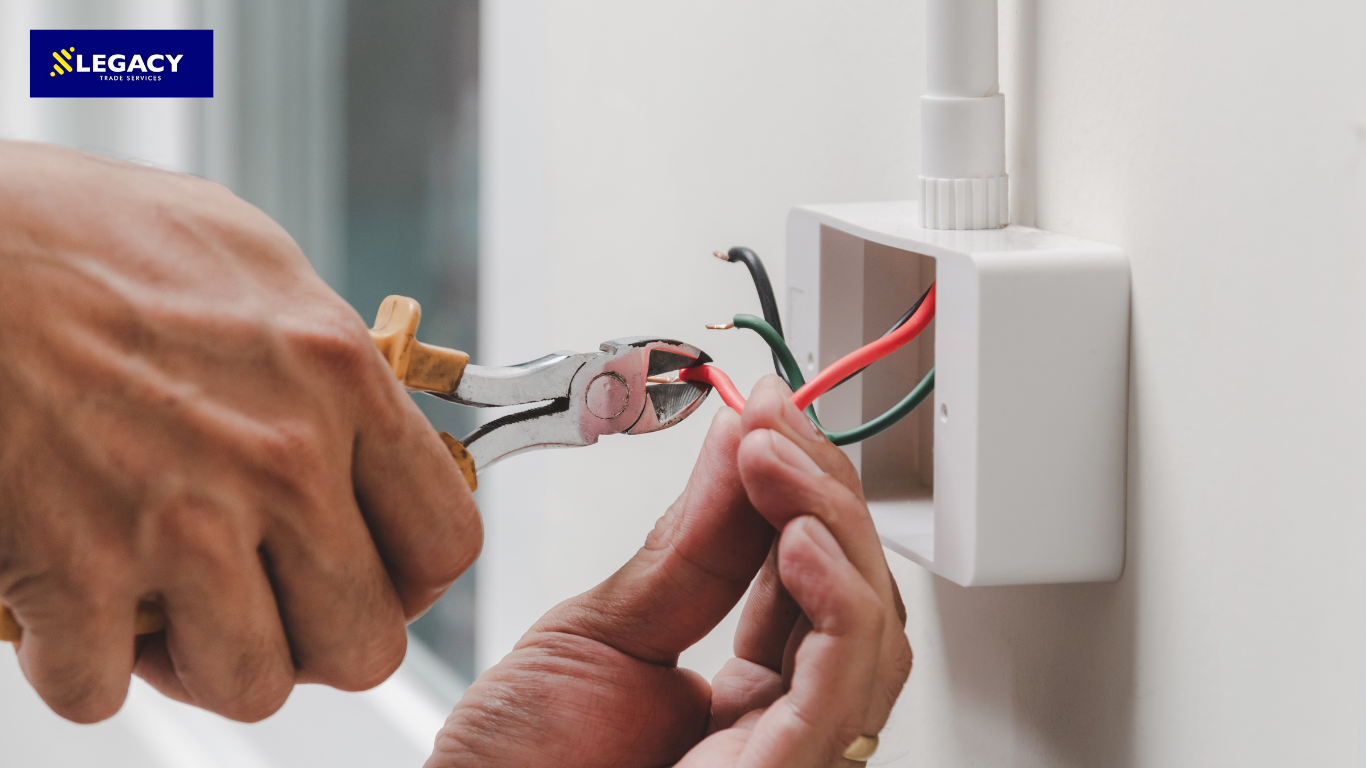
1. Outdated Wiring: A Major Safety Hazard
Older homes often have wiring that does not meet current Australian standards. Some of the most common outdated wiring systems include:
- VIR (Vulcanised Indian Rubber) wiring: This type of wiring was used in homes built before the 1960s and deteriorates over time, increasing the risk of electrical faults and fires.
- Cotton-insulated wiring: Common in homes built before the 1950s, this wiring lacks proper insulation, making it a serious fire hazard.
- Aluminium wiring: Found in some mid-century homes, aluminium wiring is prone to overheating and corrosion, which can cause electrical failures.
What to Do:
Before proceeding with your renovation, have a licenced electrician inspect the wiring. If your home has any of these outdated wiring systems, a full or partial rewiring may be necessary.
2. Overloaded and Outdated Switchboards
Older switchboards were not designed to handle the electrical demands of modern households. If your home still has an outdated switchboard, you may experience:
- Frequent tripping of circuit breakers
- Blown fuses
- Flickering lights
- Overheating switchboard components
What to Do:
A switchboard upgrade is essential to accommodate modern appliances and improve electrical safety. A modern switchboard with safety switches can protect your home from electrical faults and reduce the risk of electrical fires.
3. Lack of Safety Switches
Many older Melbourne homes were built before safety switches became mandatory. Safety switches are designed to detect electrical faults and shut off power to prevent electrocution and fire. Without them, your home is at a higher risk of electrical accidents.
What to Do:
Ensure your switchboard includes RCD (Residual Current Device) safety switches on all circuits. If your home lacks these devices, an electrician should install them as part of your renovation.
4. Insufficient Power Points and Overloaded Circuits
Older homes often have limited power points, leading to excessive reliance on power boards and extension cords. This can result in:
- Overloaded circuits
- Increased fire risk
- Tripping of circuit breakers
What to Do:
As part of your renovation, consider adding more power points in key areas such as the kitchen, living room, and bedrooms. USB power points can also be a great modern addition.
5. Inefficient or Non-Compliant Lighting
Older homes may have inefficient lighting fixtures that do not meet current energy efficiency standards. Halogen or incandescent bulbs consume more power and produce excessive heat, contributing to higher energy bills and safety risks.
What to Do:
Upgrade to LED lighting, which is more energy-efficient, long-lasting, and safer. An electrician can help you install new light fittings that enhance both safety and aesthetics.
6. Old or Faulty Electrical Panels and Fuses
If your home still has an old fuse box instead of a modern circuit breaker panel, it is time for an upgrade. Fuse boxes can be dangerous because:
- They require manual replacement of fuses.
- They do not provide adequate protection against power surges.
- They may not comply with current electrical standards.
What to Do:
A licenced electrician should replace your old fuse box with a modern circuit breaker panel. This will improve electrical reliability and reduce fire risks.
7. Poor Earthing and Bonding
Proper earthing is essential for electrical safety, preventing electric shocks and reducing the risk of power surges. Many older homes have inadequate or deteriorated earthing systems, putting occupants at risk.
What to Do:
During your renovation, have an electrician check and upgrade your home's earthing and bonding system to meet current safety standards.
8. Electrical Compliance and Permits
When renovating an older home in Melbourne, all electrical work must comply with Australian Standards (AS/NZS 3000). Any modifications or upgrades require proper permits and certifications.
What to Do:
Always engage a licenced electrician like Legacy Trade Services to ensure your renovation meets all legal and safety requirements. A compliance certificate should be issued upon completion of electrical work.
Renovating an older home presents a unique set of challenges, particularly when it comes to electrical systems. Addressing outdated wiring, upgrading the switchboard, installing safety switches, and ensuring proper earthing are all crucial steps to modernise your home safely.
Legacy Trade Services is here to help Melbourne homeowners with expert electrical solutions. Before you begin your renovation, contact our team for a comprehensive electrical inspection and tailored upgrade recommendations.
